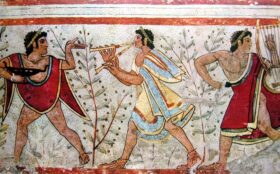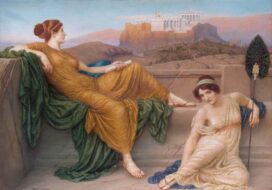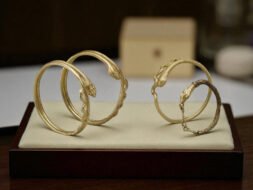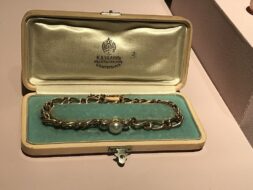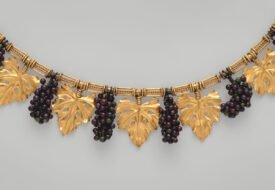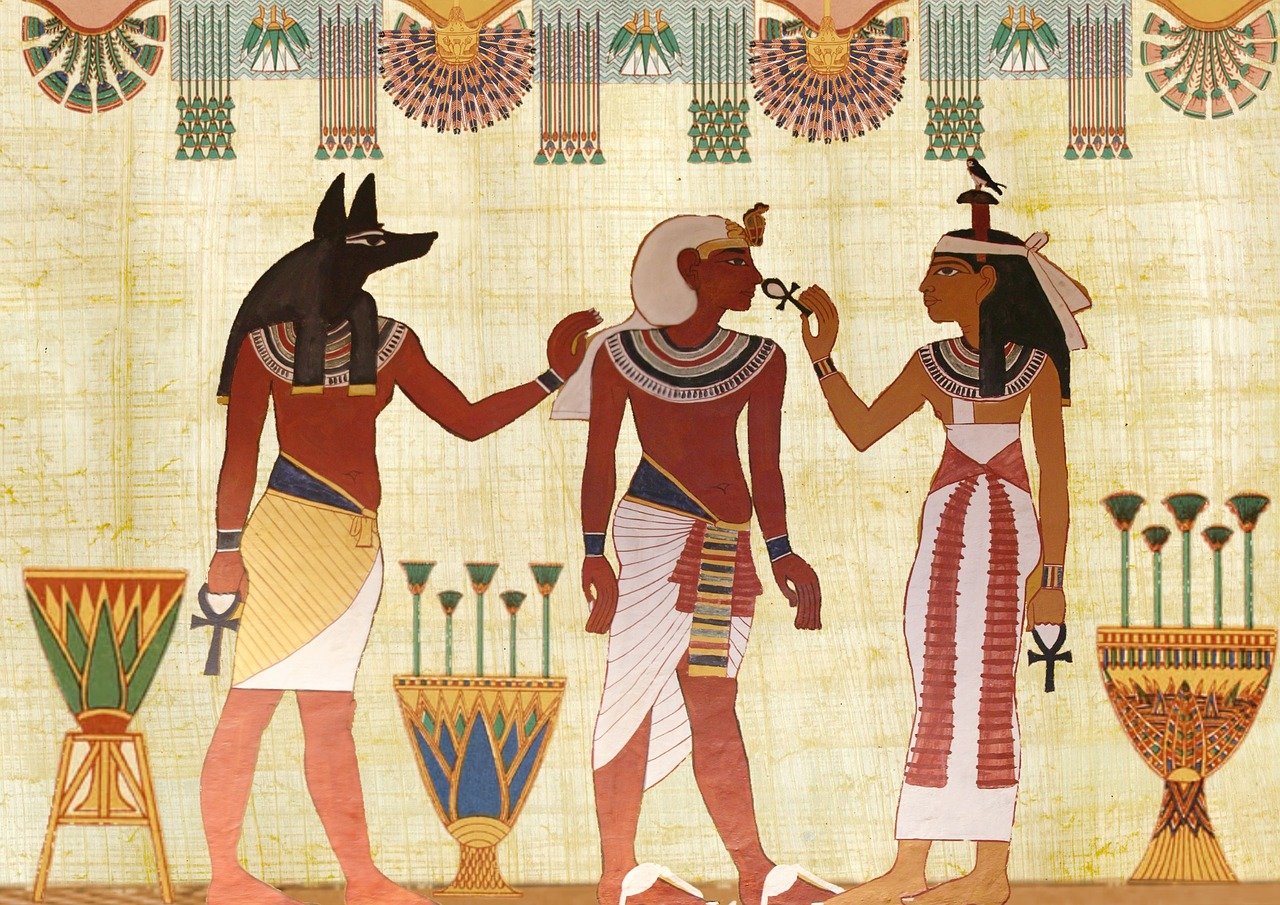
04 Apr The Power & Symbolism of Ancient Egyptian Jewelry
Jewelry played an essential role in the society and culture of ancient Egypt. It also had great symbolic and spiritual significance. Egyptian jewelry was not only a fashion statement but was also used for religious, political, and social purposes.
The ancient Egyptians believed that jewelry had magical powers and could protect the wearer from evil and harm. They also believed that certain materials had spiritual qualities that could enhance their power. They thus used these materials to make jewelry and other objects with the intention of imbuing those objects with magical powers. Here are some other materials that the ancient Egyptians considered to be spiritually significant:
Faience: This material was made from a mixture of clay, sand, and colored glaze, and it was believed to have protective qualities. Faience was used to make a variety of objects, including amulets, figurines, and beads.
Carnelian: This semi-precious stone was associated with the goddess Isis and was believed to have protective and healing qualities. It was often used to make amulets and beads.
Gold: Gold was associated with the sun god Ra and was believed to represent his power and energy. It was used to make jewelry for the pharaohs and other members of the royal family.
Lapis Lazuli: This deep blue semi-precious stone was associated with the sky and was believed to have healing properties. It was often used to make jewelry and other decorative objects.
Turquoise: This blue-green stone was associated with the goddess Hathor and was believed to have protective qualities. It was often used to make amulets, beads, and other decorative objects.
These materials, along with others like silver, copper, and malachite, were highly valued by the ancient Egyptians for their spiritual qualities and were used to create beautiful and meaningful works of art and jewelry.
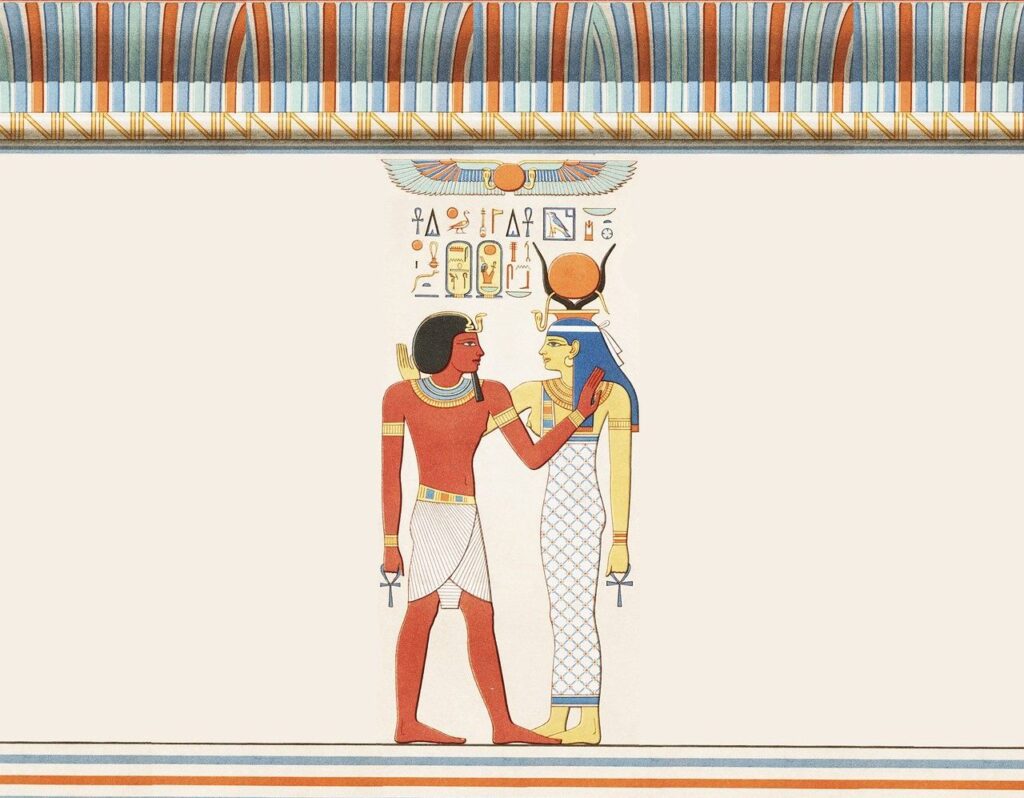
The most common types of jewelry in ancient Egypt were necklaces, bracelets, earrings, and anklets. Different types of jewelry were shaped into symbols with various meanings. For example:
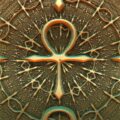
The Ankh (or Key of Life): This symbol, which represented eternal life, was often used in the design of necklaces and bracelets.
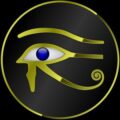
The Eye of Horus: Also known as the Eye of Ra or Udjat Eye, this symbol, which represented protection and healing, was often used in the design of necklaces, bracelets, and rings.
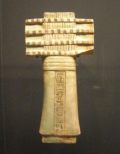
The Djed Pillar: This architectural symbol represented stability and endurance, and was often used in the design of amulets and pendants.

The Lotus Flower: This floral symbol represented rebirth and regeneration, and was often used in the design of earrings and necklaces.

The Cartouche: This symbol, which was shaped like an oval with a horizontal line at one end, was used to enclose the names of important people like pharaohs and gods.

The Scarab: This beetle symbol represented rebirth and regeneration, and was often used in the design of amulets and pendants.

The Shen Ring: This symbol. a stylized loop of rope, represented eternity and infinity, and was often used in the design of bracelets and rings.
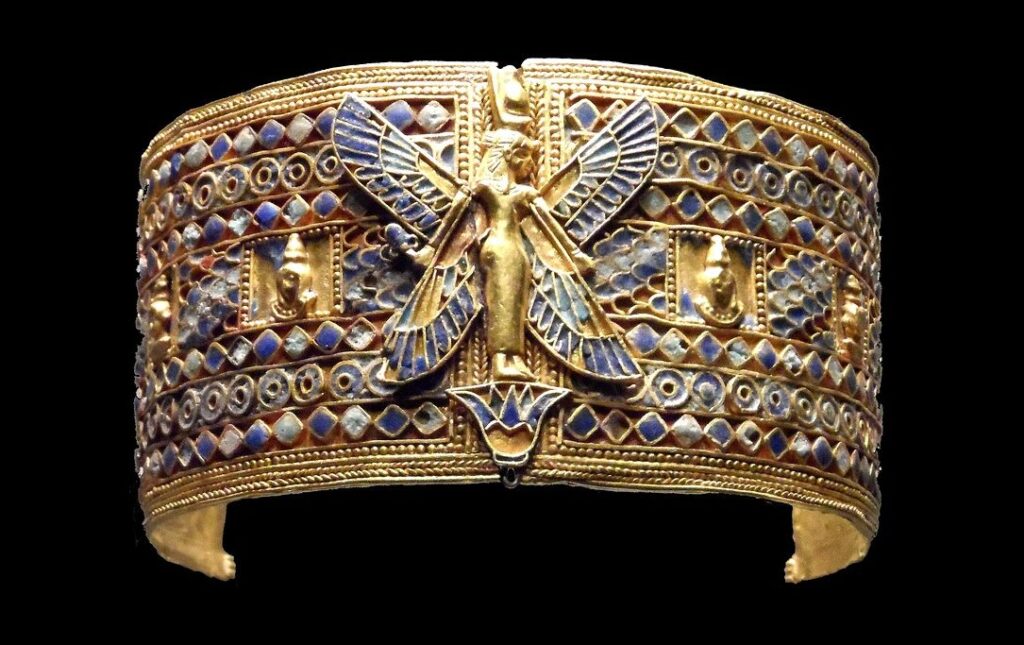
We Buy Egyptian Revival Jewelry
Carl Blackburn, owner of C. Blackburn Jewelers, is a collector of vintage jewelry inspired by ancient Egyptian motifs. As a leading San Diego jewelry buyer, he welcomes local residents with Egyptian Revival Jewelry to visit his estate jewelry store in La Jolla to receive a fast and substantial cash offer. To get a preliminary appraisal, leave Carl a message at: 858-251-3006.
Egyptian Revival Jewelry is a style of jewelry that became popular in the 19th century after Napoleon’s campaign in Egypt and the subsequent discovery of the tomb of King Tutankhamun. This style of jewelry incorporates elements of ancient Egyptian art, including symbols and motifs, and was popularized during the Art Deco era of the 1920s and 1930s.
Many famous jewelry design houses of the Art Deco era were inspired by ancient Egypt and incorporated Egyptian motifs into their designs. Here are some of the most famous fine jewelers known for their Egyptian Revival Jewelry:
We Buy Cartier Jewelry: The French jewelry house of Cartier was one of the most prominent producers of Egyptian Revival Jewelry during the Art Deco era. Some of Cartier’s most famous Egyptian Revival pieces include the “Nefertiti” necklace, and the “Sphinx” brooch, as well as other pieces featuring scarabs, lotus flowers, and hieroglyphics. These pieces were notable for their attention to detail, their use of bold colors and contrasts, and their overall sense of drama and opulence.
We Buy Tiffany Jewelry: Tiffany & Co. began incorporating ancient Egyptian motifs into their designs in the early 20th century, during the Art Deco period, and produced many stunning pieces that are still highly sought after today. Some of Tiffany’s most famous Egyptian Revival pieces include a pair of diamond and onyx “Scarab” earrings, a stunning diamond, and a striking gold and lapis lazuli “Lotus” bracelet. These pieces feature intricate details and striking color combinations, and are often quite bold and dramatic in their design.
Tiffany & Co. also produced a number of Egyptian Revival pieces that incorporated hieroglyphics, such as a gold and diamond “Ankh” pendant and a diamond and ruby “Horus” brooch. These pieces are notable for their attention to detail and their use of materials that were commonly associated with ancient Egypt.
We Buy Marcus & Co.: This American jewelry firm was founded in the 19th century and was known for its Art Nouveau and Art Deco designs. Their Egyptian Revival Jewelry often featured scarabs, sphinxes, and other ancient Egyptian symbols. One of their most notable pieces features a large white opal set in an Egyptian-inspired gold frame with a scarab at the top
We Buy Van Cleef & Arpels: Van Cleef & Arpels’ Egyptian Revival jewelry featured motifs and symbols from ancient Egyptian culture, such as hieroglyphics, scarabs, lotus flowers, and sphinxes. The jewelry was often crafted from precious metals like gold, platinum, and silver, and adorned with gemstones such as emeralds, rubies, sapphires, and diamonds.
Egyptian Revival Jewelry was popular throughout the Art Deco era and continues to inspire contemporary jewelry designers today. Its use of ancient Egyptian symbols and motifs continues to capture the imagination and inspire new generations of jewelry makers.
If you would like to sell Egyptian Revival Jewelry to C. Blackburn Jewelers, please send us a message below.
Text Message & Photos:
619-723-8589

